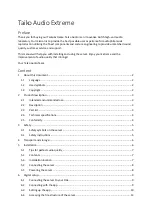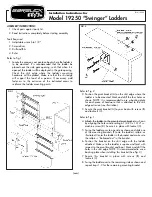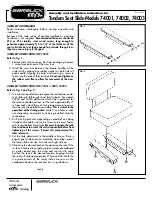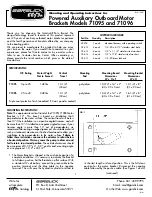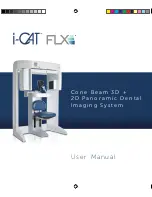
Manual – Starflow Ultrasonic Doppler Instrument
Model 6526
Unidata Manual - 6526 Starflow User Manual Issue 17 01 2020.docx
Page 57
12.2.10
Interference to the Transducers
It is inevitable that bed mounted instruments will become layered with silt or algae. They may
sometimes be affected by siltation or debris. The following effects have been noticed.
Silt, Algae and Other Soft, Saturated Materials
When covering the transducers with a 1-2mm thick layer, appear to have little effect on the signals
logged. Provided the material is flexible and saturated the ultrasonic signals can be transmitted
and received through it.
Burying the Transducer in Sand
Part buried sensors continue to operate.
Provided some part of both velocity
sensors are above the sand level the
velocity recorded is the same as if the
sensor was clear.
Completely buried sensors result in the signal collapsing. The signal does not appear to escape
from beneath the sand to interrogate the water above.
The following histogram is typically seen. Note that the Quartile is reporting 214%, indicating that
the spread of Doppler shifts is very wide and there is little consistency in shifts detected.































